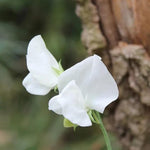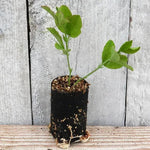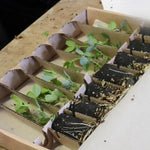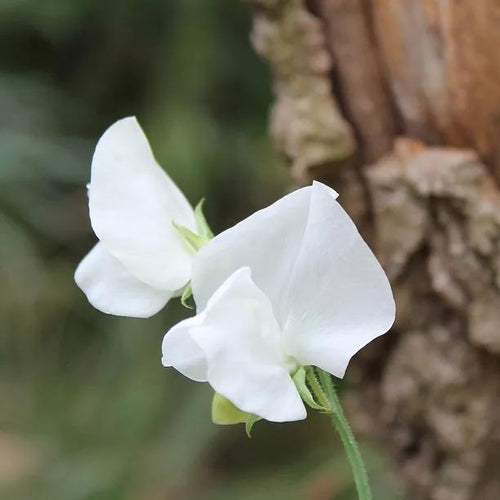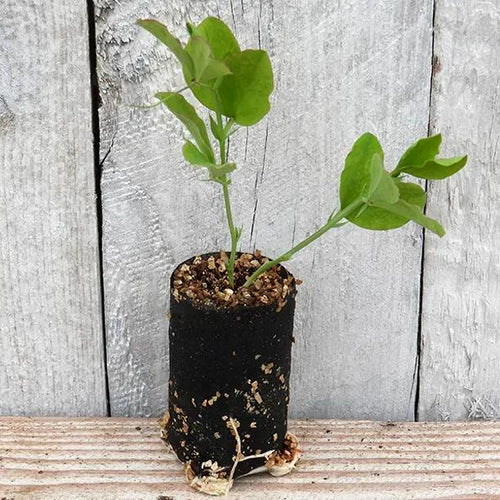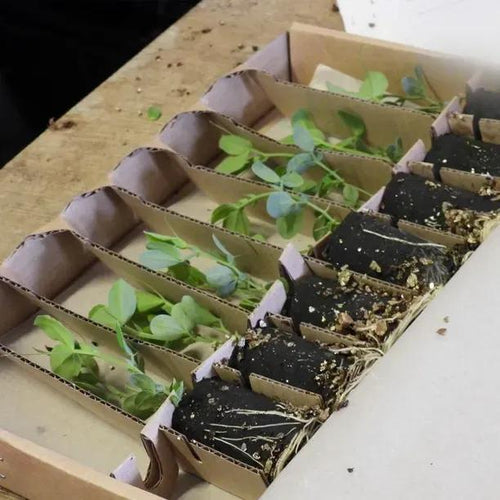Bramdean Sweet Pea Plants
Bramdean Sweet Peas (Lathyrus odoratus) are one of the best of the "white" varieties available with highly scented flowers sometimes flushed with pink on long stems perfect for cutting. They make a real feature in containers, summer borders and on trellises.
Browse our sweet pea range.
Our Sweet Peas are delivered in purpose-designed, recycled cardboard packaging, and are ready to be planted out when you get them.
We generally send them out between March and May, but we will email you with the likely delivery timescale once you have placed your order.
Features
- Colour: White with a touch of pink
- Stem: Long
- Height: 1.8m
- Type: Modern Grandiflora
- Scent: Strong, sweet, heady
- Flowering: June-September
- Planting Months: March-June
- RHS Award of Garden Merit

 Secure, One-Tap Checkout
Secure, One-Tap Checkout
 Hand Picked, Delivered to Your Door!
Hand Picked, Delivered to Your Door! 1 Year Bareroot Guarantee
1 Year Bareroot Guarantee